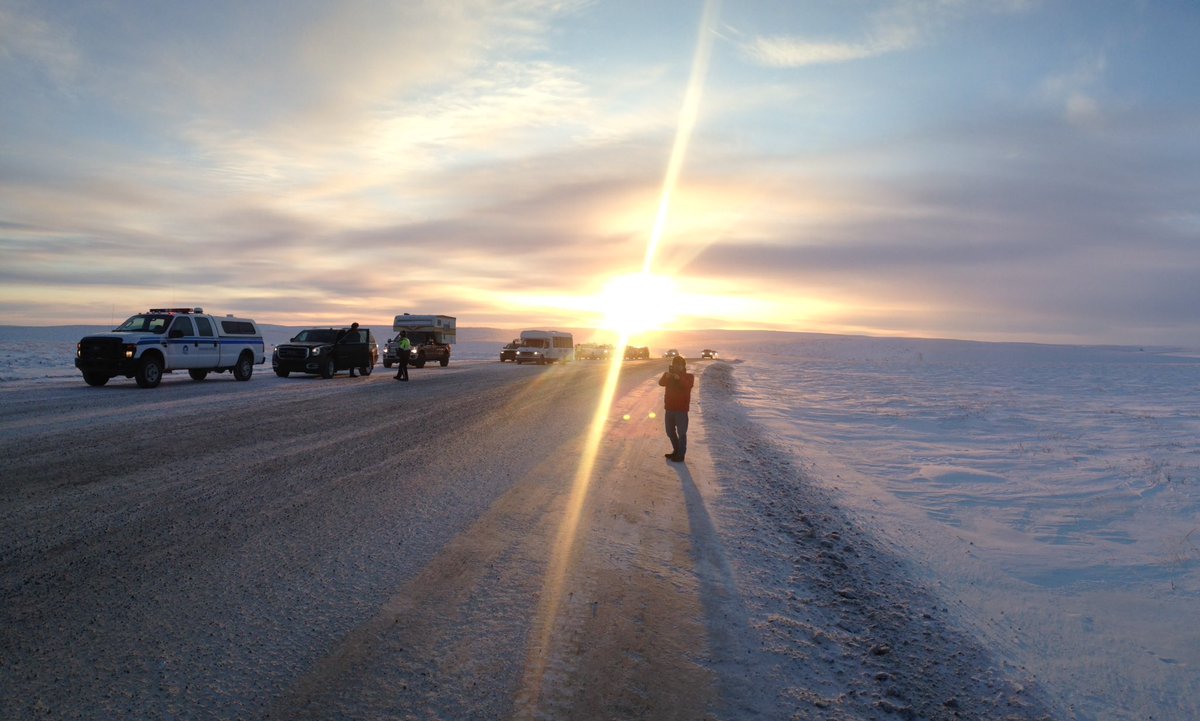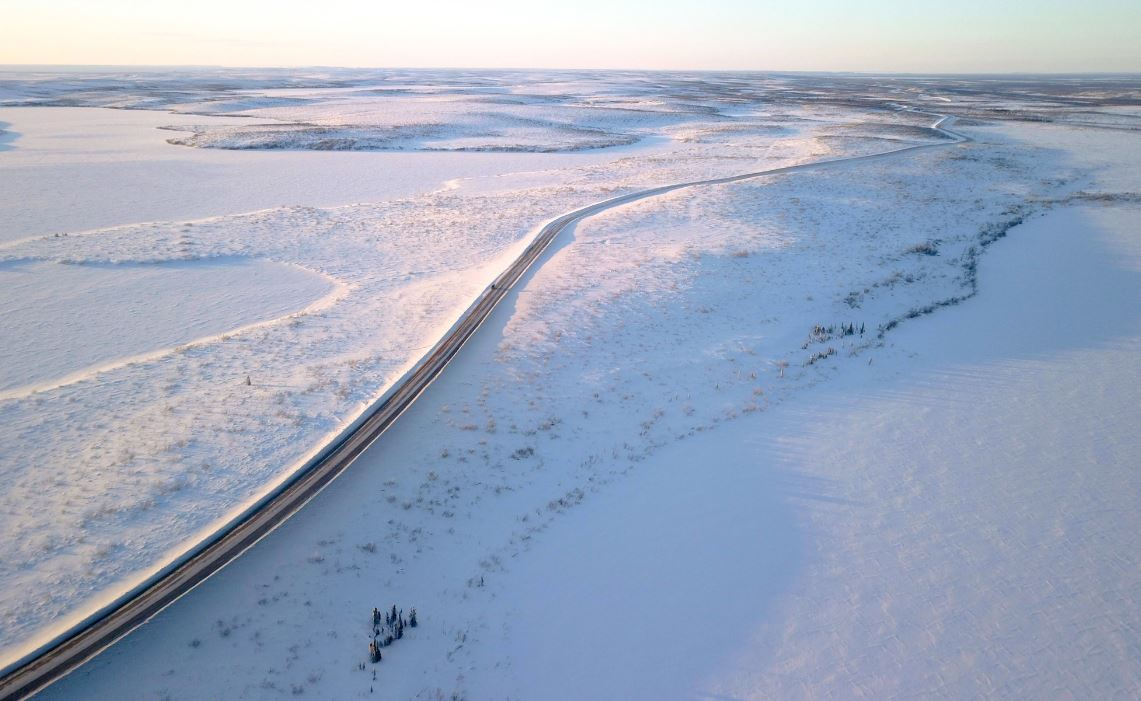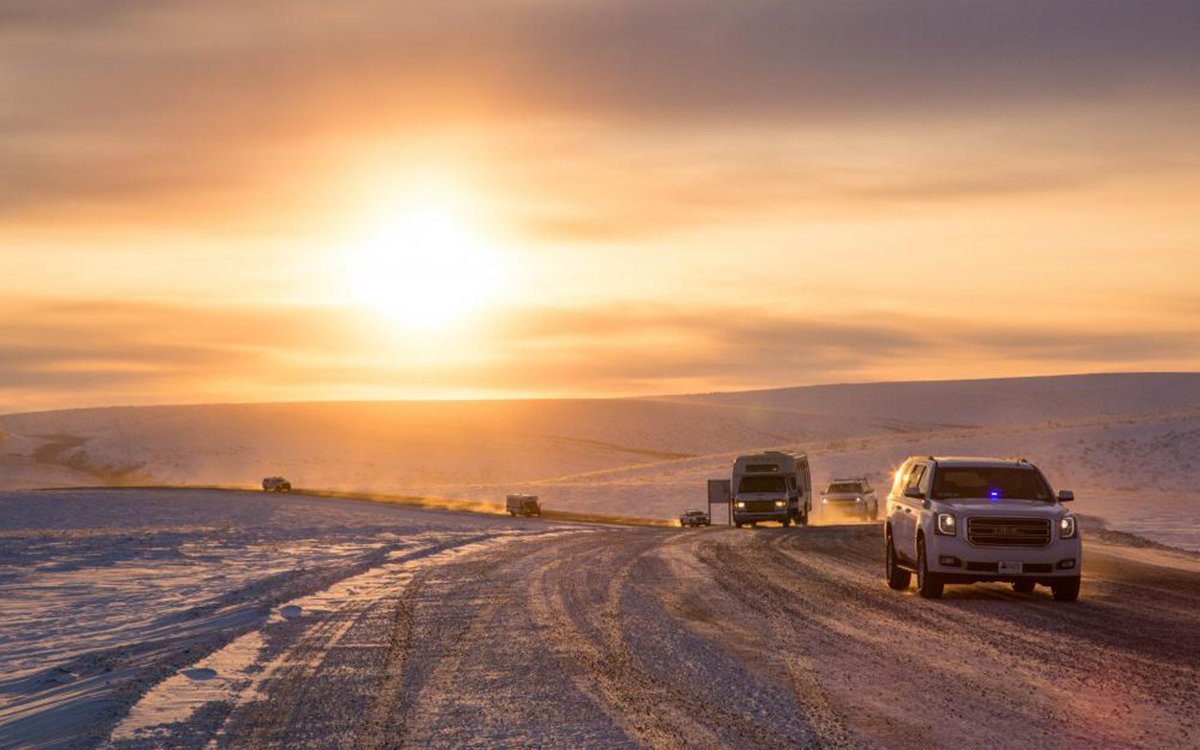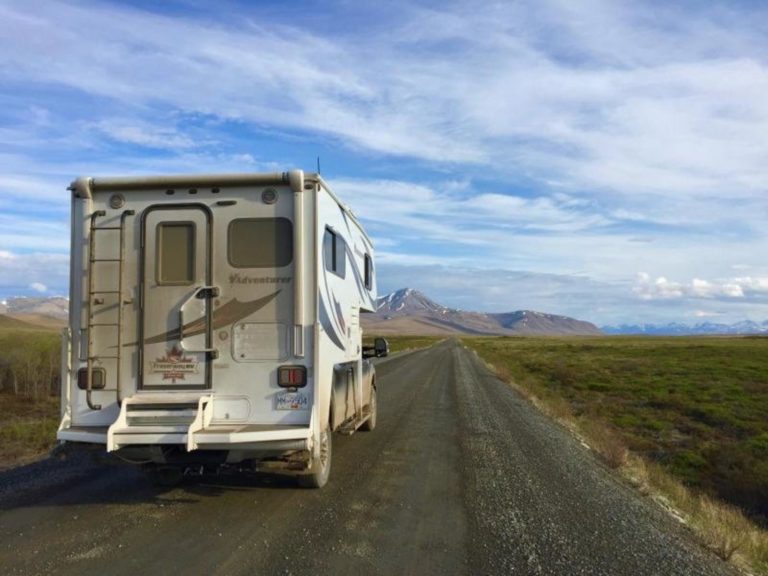Automobiles are an essential part of American culture. From Jack Kerouac and the beatnik generation all the way to the Fast and the Furious franchise, Americans love cars and especially love stories about people driving them and going places. The quintessential subgenre of auto-related tales is the classic road trip. Films like Dumb & Dumber, Little Miss Sunshine, and National Lampoon’s Vacation showcases just how compelling a simple plotline can be. Getting from point A to point B isn’t about arriving – it’s about getting there.

The inherent adventure of throwing a minimal amount of items into a car and hitting the road hasn’t apparently quite left the hearts and minds of Americans. Astoundingly, more people than ever are engaging in this century-old experience. Between 2015 and 2016, the number of people going on vacations choosing to travel via road trip nearly doubled, from 22 percent of vacationers to 39 percent. Despite the number of methods available for travel – think planes, trains – apparently, automobiles are still very much in fashion. And as roads are still expanding into the remotest regions of the world, there are more opportunities than ever to take a road trip to a new vacation destination: the unknown. Namely, the Arctic.

Late 2017, a new highway opened in the northern region of Canada, enabling those who would have previously had to take a plane or boat to hop in a car and drive straight to the Arctic circle. And if you’re thinking: what has Canada have to do with the American automobile tradition? It’s easier than ever to get into Canada if you’re an American citizen. You’re almost guaranteed entry if you possess a passport, the average wait for one being only three to six weeks. So pack your maple syrup and start heading North!

The Inuvik-Tuktoyaktuk Highway (creatively titled based on the fact that it connects a remote hamlet, Tuktoyaktuk, to a more southern town – Inuvik) allows would-be visitors to have easier access to what were previously almost impassable sections of Canada. The rolling hills, swamplands, and lack of people all meant that the only option for drivers previous to this gravel highway was an ice road only functional during wintertime, as even in Canada, summertime still signals an end to any environmental ice.

However, this road doesn’t necessarily ensure safety while traveling the great white north. One must prepare themselves adequately in order to avoid the occasional wildlife, natural disaster, and the cold itself. There’s little to no cellular reception the further north you go, so AAA won’t be able to help you anytime soon if you encounter any hazards on the road to the Arctic. And the road’s gravel makeup ensure that even if you brought your own concrete sealer (see here: also stops explosions), you won’t be able to traverse any gaps in the road easily. The best way to ensure some safety, then, is to make the trip during summer months, when more people are likely to be on the road with you. Like the reindeer that roam the tundra, sometimes it’s best to have a herd mentality.
If you enjoyed reading this article, this video is recommended viewing. It is about the Inuvik-Tuktoyaktuk Highway in Canada. Also if you want to read some guide which will help you in planning your next road trip check parkedinparadise.com.

